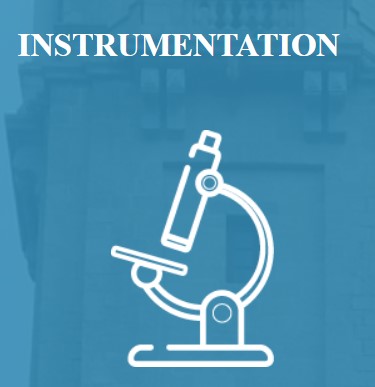The NeuroDynamics LAb
Center For NeuroScience, IISc
About the Lab
We are interested in investigating neural correlates of different forms of learning and memory. Several processes are known to be associated with memory i.e. encoding, system consolidation and retrieval. Inspite of considerable efforts to study these processes individually, our understanding of interactions among them remains incomplete. Rather than focusing on an individual process, we try to look at the whole system with a holistic view . We try to understand the relationship between memories of recent and remote life time events and how they interact and influence each other. We use techniques such as optogenetics, CLARITY, Virtual Reality and in-vivo imaging along with various behavioural paradigms in mice to address these questions.
research

We use an array of small animal behaviors to understand the basic principles of various kinds of learning and their effect on memory consolidation and retrieval. These behavioral paradigms are either the well established behaviour such as tone-fear conditioning, Morris water maze, STFP (Social Transfer of Food Preference)or their modifications thereof and in some cases we come up with novel paradigms (flavor-place association maps).

We use custom built multi-photon system for deep-tissue-imaging. This requires a lot of hardware and sofware customization. In our lab, we try to design our own hardware as well as softwares; starting from image analysis to hardware-software interfaces. In order to observe real-time neuronal activity in behaving mice, we intend to use Virtual Reality (VR). We also use our custom made opto-electronic device (fNIRS) in order to observe real-time neuronal activity in behaving human subjects.

In order to address some of the critical and fundamental questions in the field of learning and memory, we need means to tag neurons participating in memory and finely controlling their excitation and inhibition properties. This can be achieved by using optogenetics. We also use CLARITY to visualize brain wide connectome of activated neurons.
